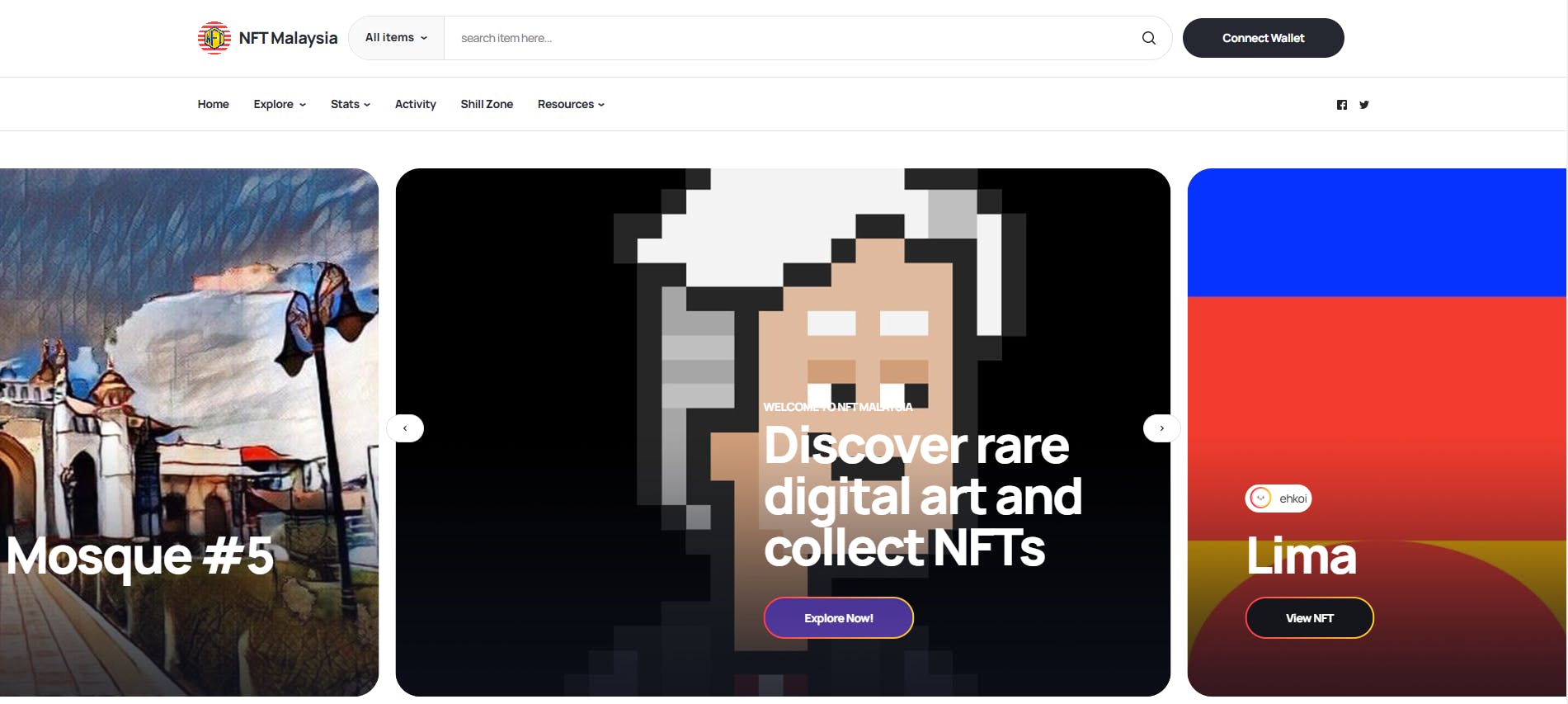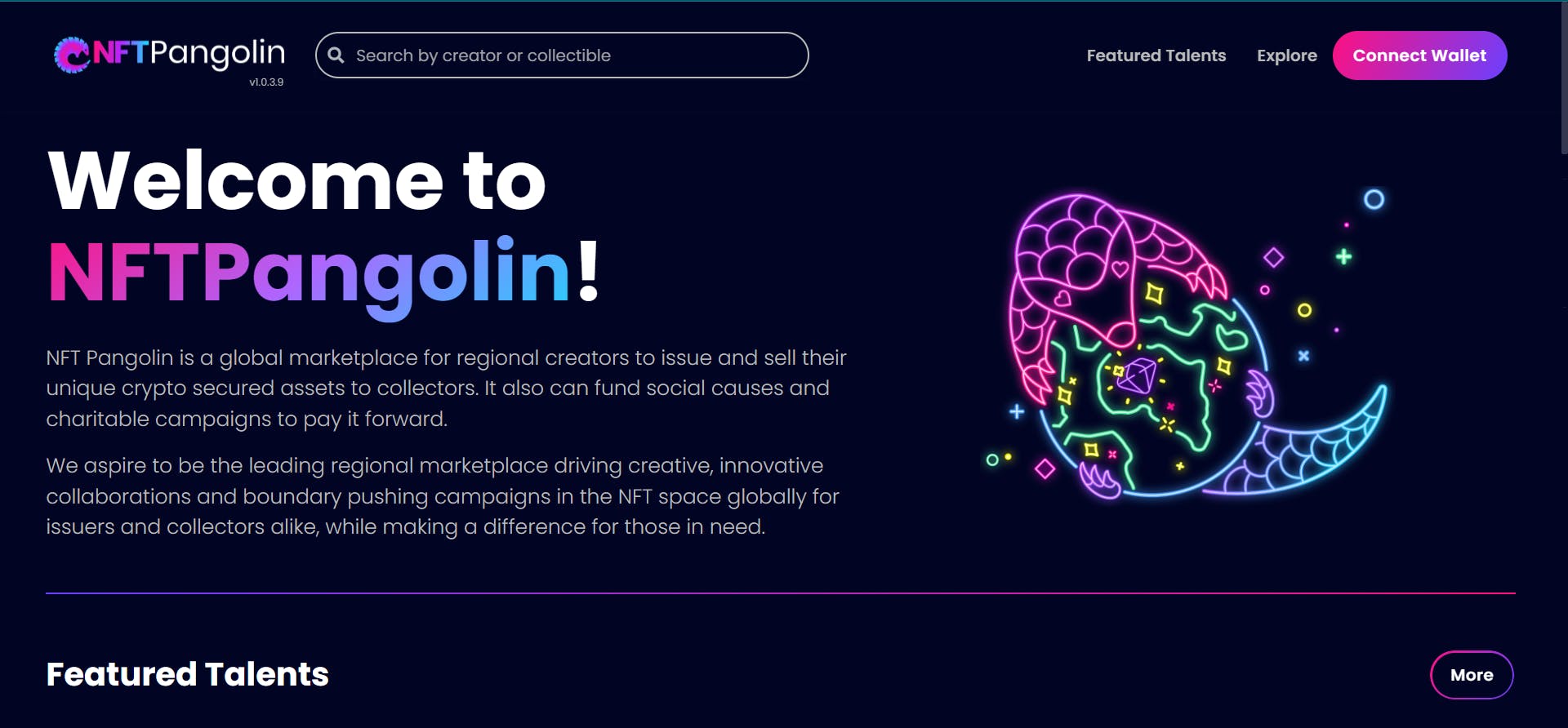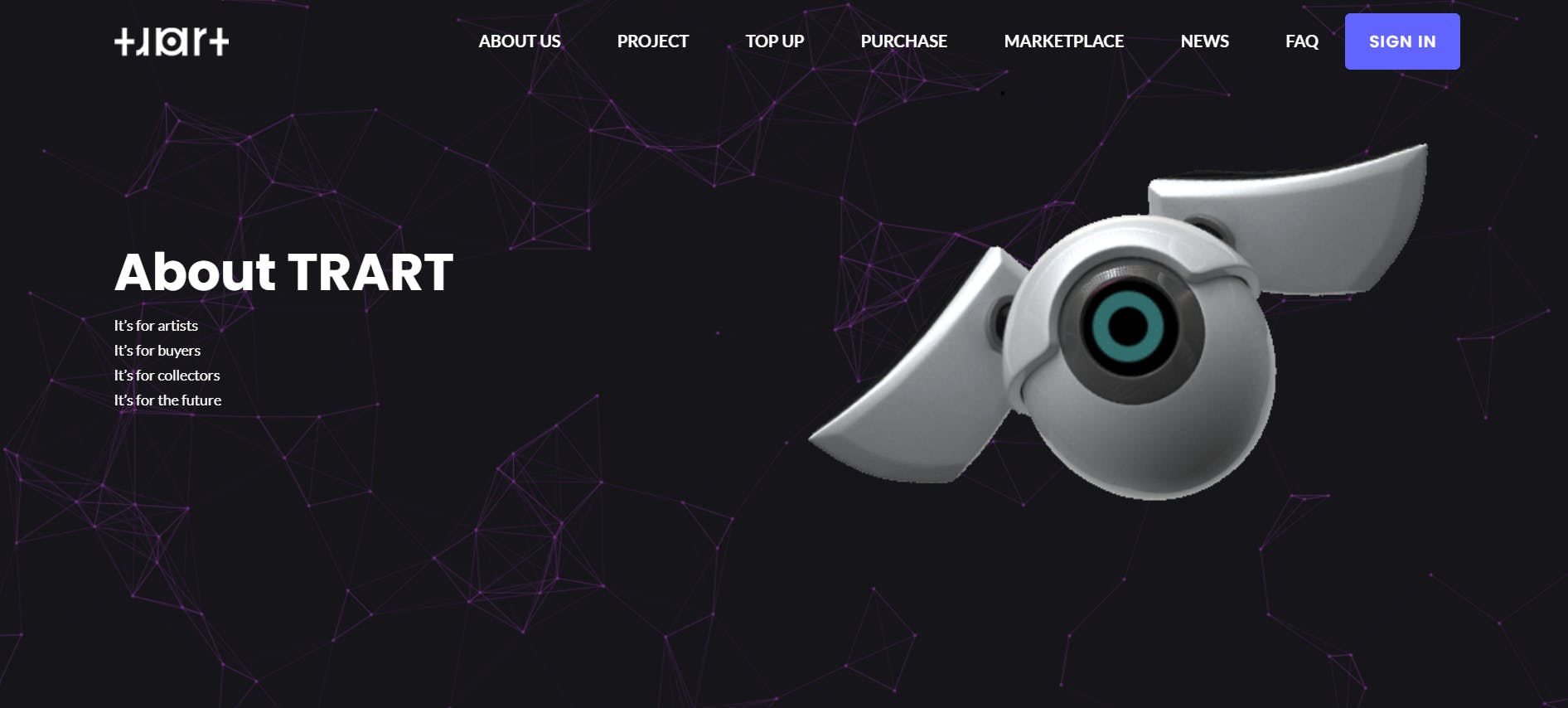With just selling art as NFTs, a 13-year-old girl became a multimillionaire in 1 year while another 12-year-old schoolboy who created his own NFTs' artwork made around £290,000. Are NFTs actually valuable?
Understanding NFTs
Before we go on to understand what NFTs actually are, we should know the meaning of 'fungible'. Fungibility means the ability of an asset to be traded or exchanged at equivalency. Unlike cryptocurrencies, NFTs cannot be traded or exchanged for other assets such as currencies and goods, for example. To illustrate, Bitcoin is fungible because it can be used to buy goods, exchanged for fiat currencies, etc. Moreover, the value of one Bitcoin always equals to another Bitcoin.
 Image Sources: Medium
Image Sources: Medium
What are NFTs?
Non-fungible tokens are digital assets that can be used to represent real world items such as art, collectibles, music, in game inventories or videos. NFTs are bought and sold online, often with cryptocurrencies such as Ether(ETH) and Binance Coin (BNB).
With Blockchain technology, NFTs were given outstanding characteristics which to this day distinguished them from each other by unique identification codes and metadata. However, although NFTs are known as a proof of ownership or digital certificate of authenticity, scenarios of sharing or copying the digital files might still happen.
How do NFTs work?
NFTs are created and stored on a Blockchain, a distributed ledger that records transactions. In fact, most of the NFTs use Ethereum Network as their Blockchain.
It cannot be denied that NFTs are similar to physical items. The only difference is that NFTs are in digital form. Instead of getting actual artwork, the buyer gets a digital file.
Are NFTs valuable?
With Blockchain technology, the authenticity of digital assets can be verified easily. This makes the digital assets unique and irreplaceable. For example, the Mona Lisa painting is considered as a non fungible asset. Everyone can make copies of this painting, however the original painting is still unique and cannot be replaced.
 Image Source: Wikipedia
Image Source: Wikipedia
The physical artwork's value will depend on different factors such as materials, size, provenance, historical significance, social status and etc. Same as physical artwork, the value of NFTs depends on several factors like utility, ownership history, future value and liquidity premium.
How's the NFT market in Malaysia?
We could see a sensational growth in NFT popularity amongst Malaysians since 2021. Due to the COVID-19 pandemic, almost all of the art exhibitions or auctions had to close. Artists need to move out of their comfort zones to avoid financial struggle in their lives. Therefore, they have started to create their own artwork as NFTs. There are some famous artists in Malaysia who have ventured into the NFTs space as well, namely Namewee and Red Hong Yi.
Red Hong Yi sold her NFTs for RM 325,000 while Namewee made his photos and songs into NFTs and managed to earn around 3.5 million.

Namewee
Image Source: Malay Mail

Red Hong Yi
Image Source: MyModernMet
List of NFT marketplaces in Malaysia
An NFT marketplace is a platform for people to buy and sell NFTs. Some of the famous NFT platform include OpenSea, Rarible, Super Rare and etc.
Most of the NFT marketplaces are from western countries. However, there are still many marketplaces in Malaysia.





Conclusion
Although investing in NFTs seem to be an easy path to gain wealth, the reality is that getting rich by investing in NFTs isn't that easy. People still need to be aware of the risks in order to generate long-term wealth in this space.
Here is some advice for NFT beginners:
- Do your own research
- Only invest in what you know
- Invest in what you can afford to lose
- Learn and use basic investment principles
